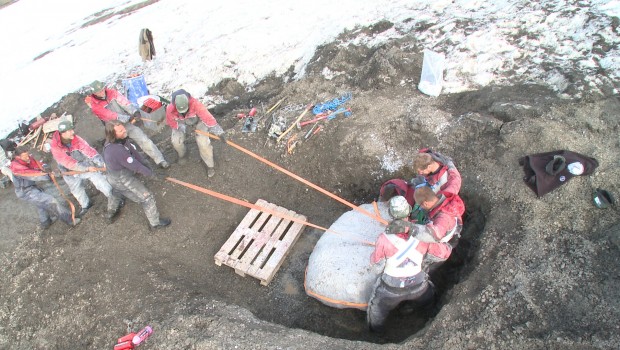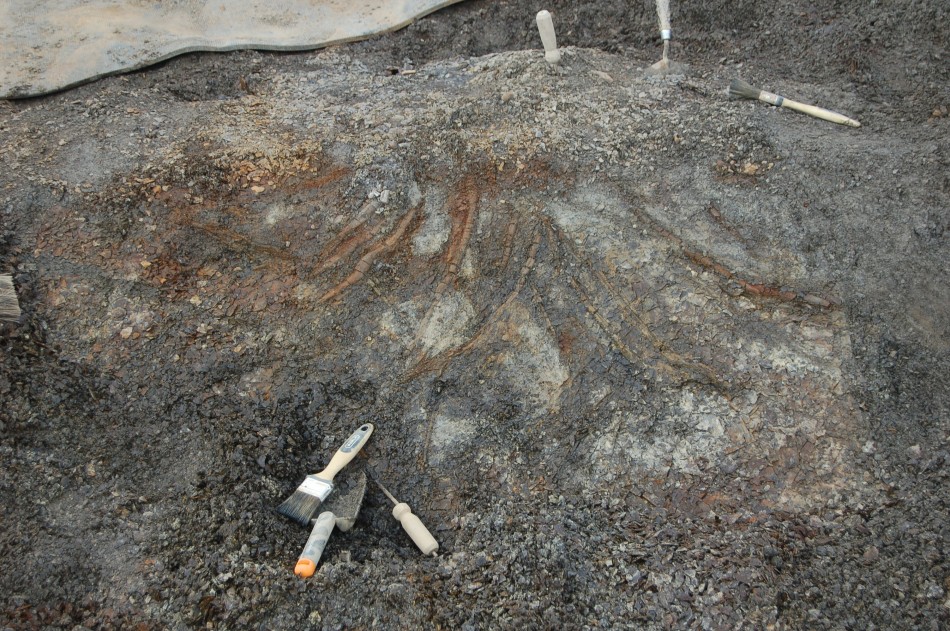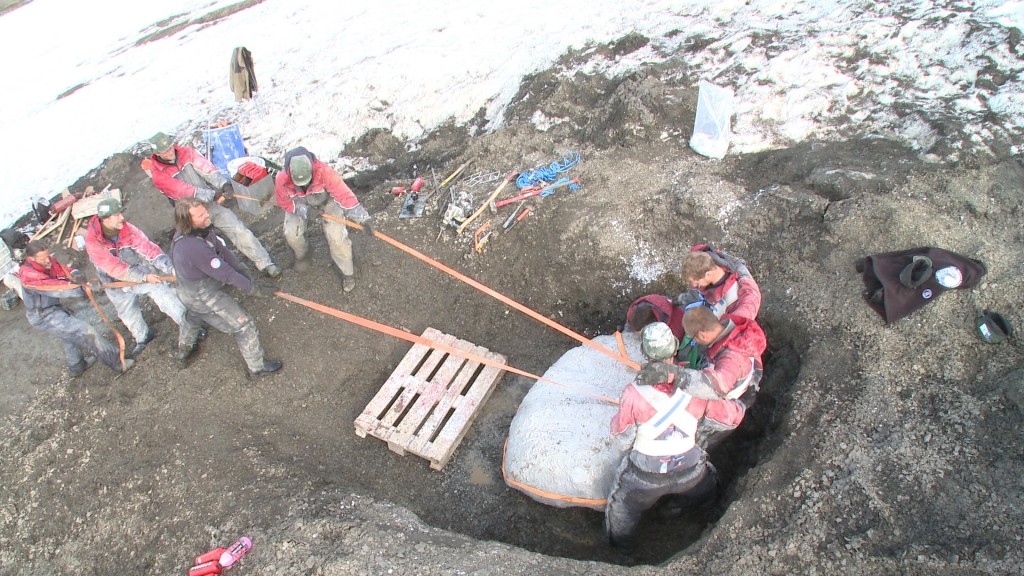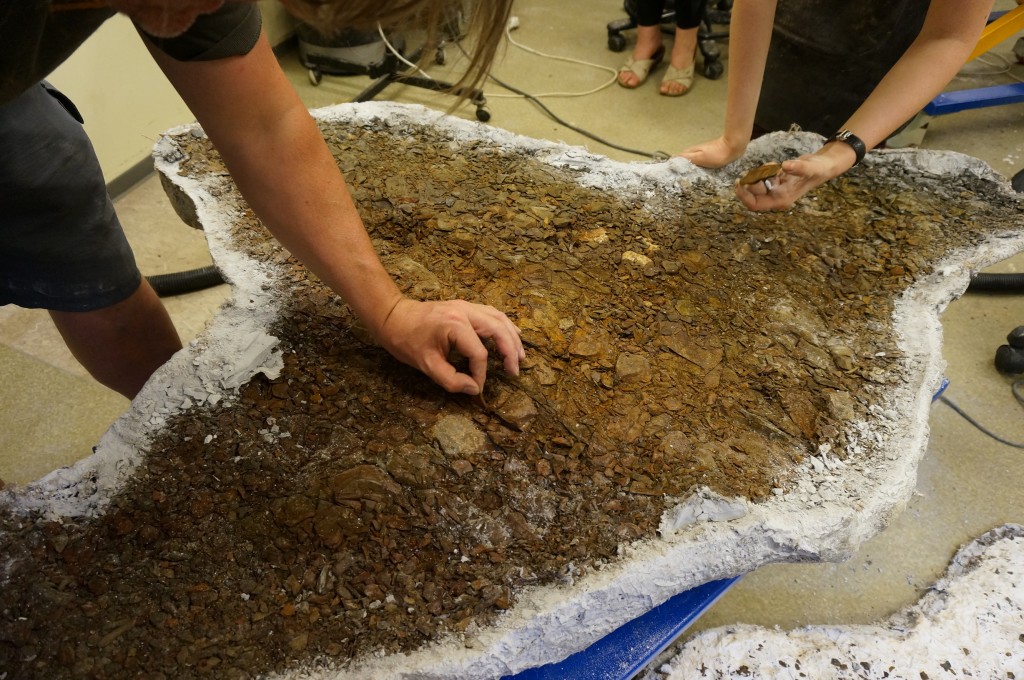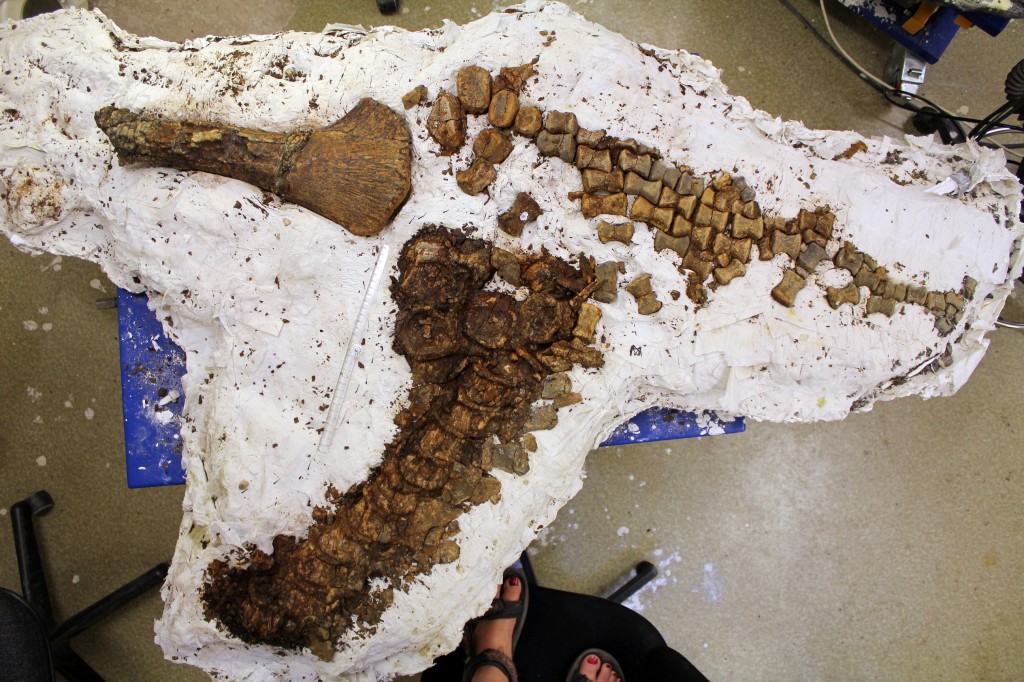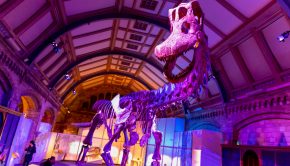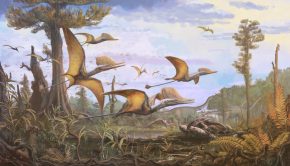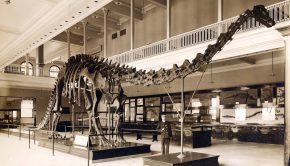Episode 21: Marine reptiles of Svalbard
In this episode we talk to Jørn Hurum, Associate Professor of Vertebrate Paleontology at the Natural History Museum Oslo, Norway. Jørn has varied research interests including dinosaurs and mammals (being one of the team of researchers who described Darwinius masillae, more commonly known as ‘Ida’), but perhaps his most productive work has been with the Spitsbergen Jurassic Research Group. The Jurassic sediments of the Svalbard archipelago, north of mainland Norway, are rich in fossils of marine reptiles.
We ask Jørn about life in the field, the difficulties of digging at such a latitude, and discuss the field and preparation techniques involved in getting the fossils from out of the rocks and into the museums.
For more information about life in the field, you can visit Jørn’s blog as a ‘National Geographic Emerging Explorer’. For more on the work of the Spitzbergen Jurassic Research Group, you can find their original, open-access, papers here.
Podcast: Download ()
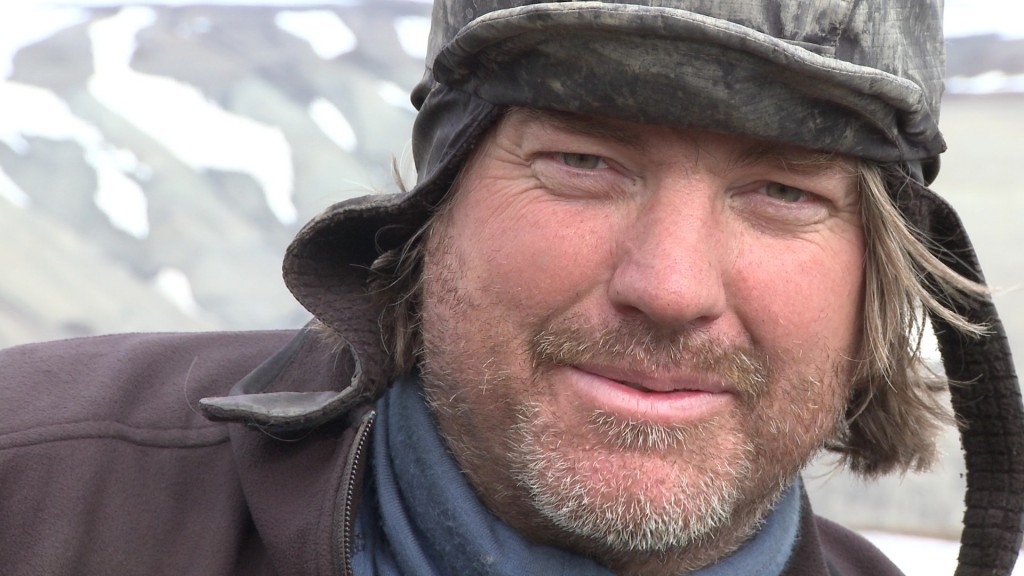
Dr Jørn Hurum, Associate Professor of Vertebrate Paleontology, Natural History Museum, Oslo, Norway.
Spitsbergen is the largest island in the Svalbard acrchipelago, north of mainland Norway at 74-81° latitude. The largest city, Longyearbyen, is marked.
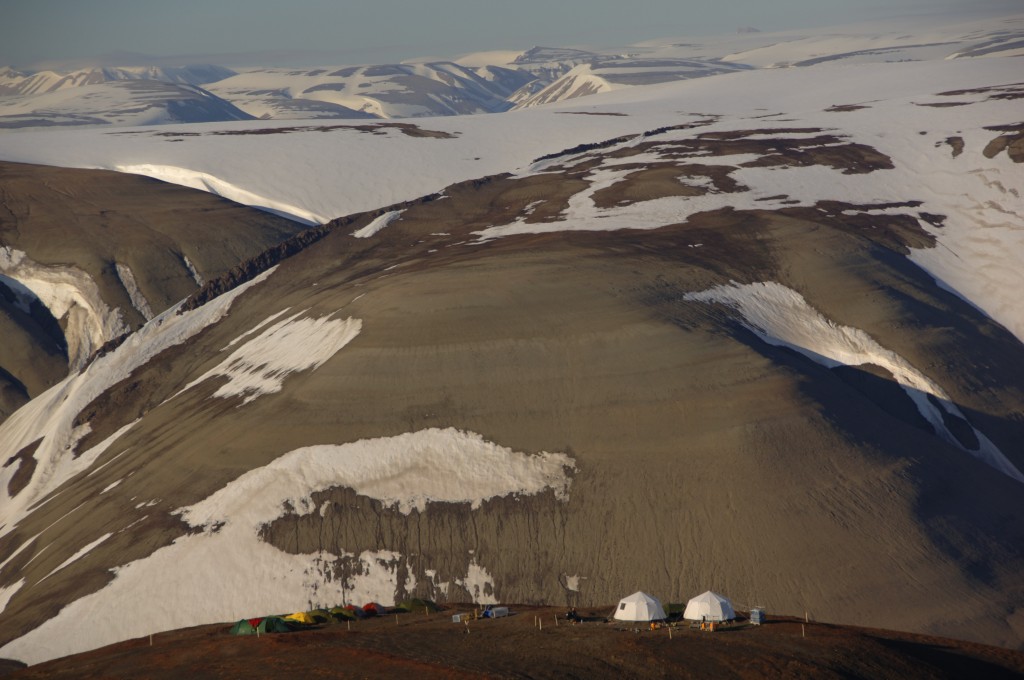
Spitsbergen is a tough environment to work in; snow covers the land for the majority of the year and the sun never sets in summer. The wide, open, landscape makes strong winds a serious problem.
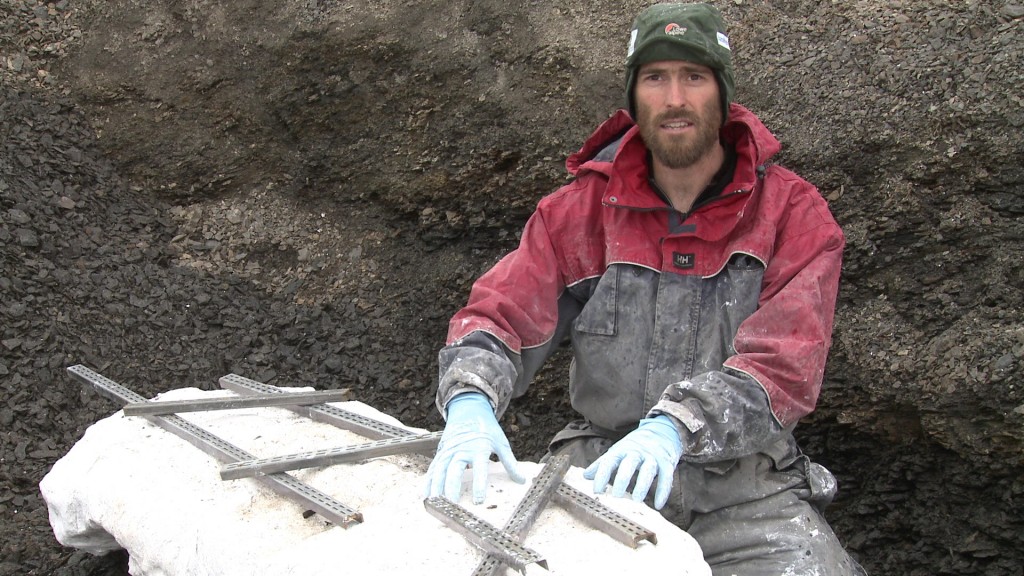
The fossil-containing rocks are all heavily weathered and so easily break into small pieces. Once a fossil is located, it must first be secured using plaster jackets with metal supports.
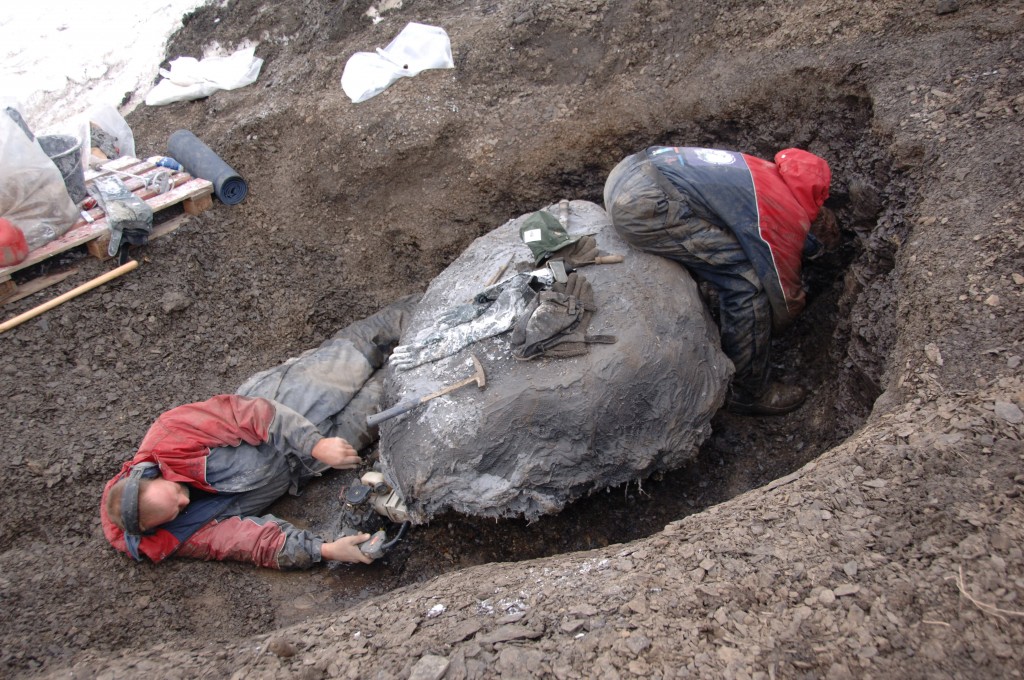
With the top surface secured, work begins underneath. The specimen must have as much material as possible removed from below before it can be flipped over and the lower surface plastered.
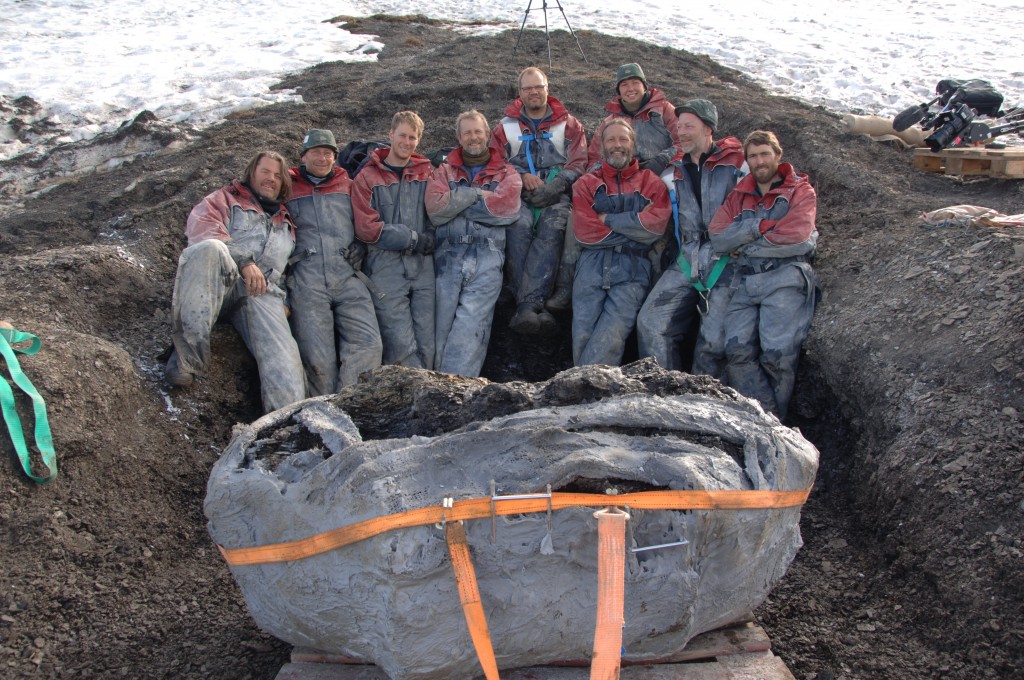
With the specimen flipped, the lower surface can be secured and the resulting cocoon shipped back to Longyearbyen and then on to Oslo.
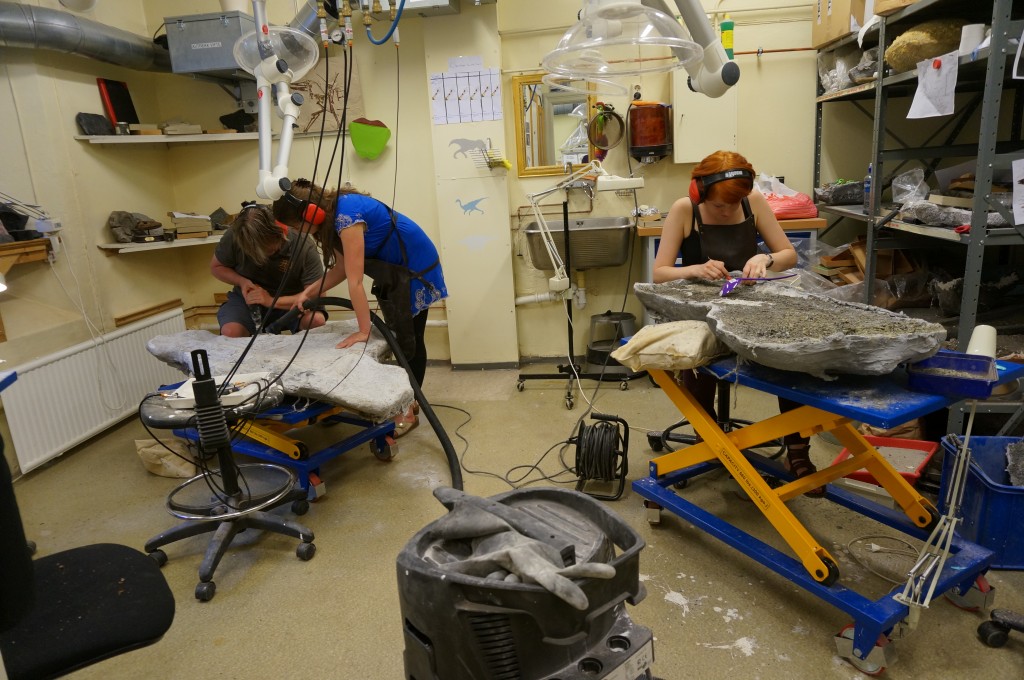
Once back in Oslo, the specimens must undergo a lengthy drying process before fossil preparators and volunteers start work on cleaning them up.
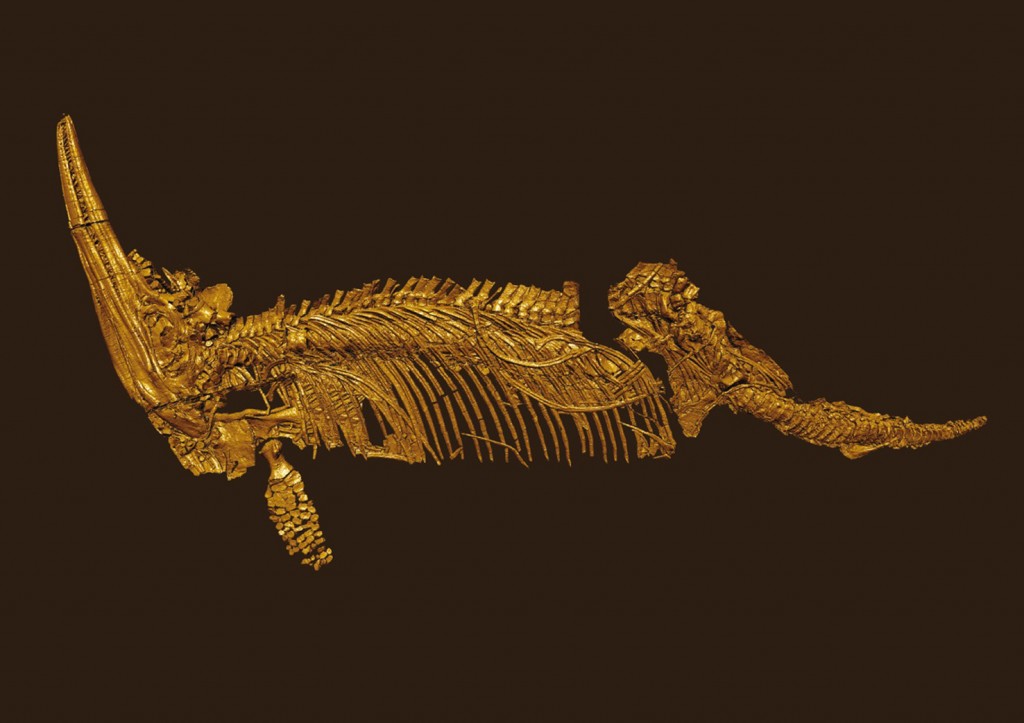
The fossils can then undergo further analysis. 3D scan of Cryopterygius kristiansenae, an opthalmosaurid icthyosaur.
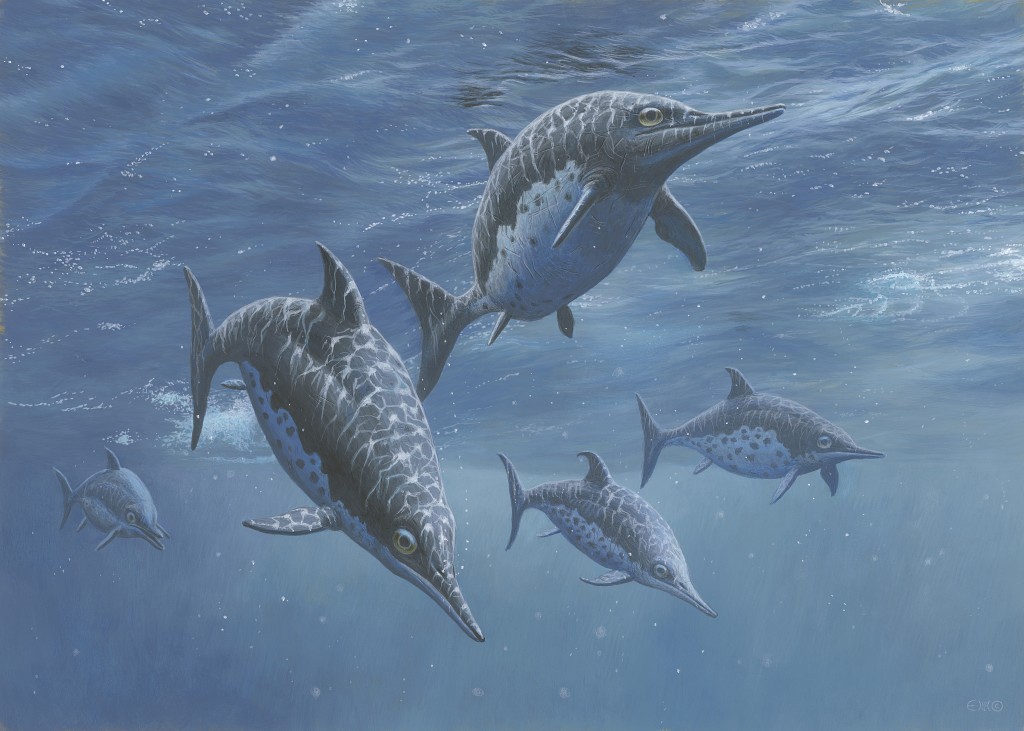
Icthyosaurs bear a remarkable resemblance to dolphins despite being unrelated. They are both used as a textbook example of convergent evolution; that their similar shapes are an adaptation to a similar way of life.
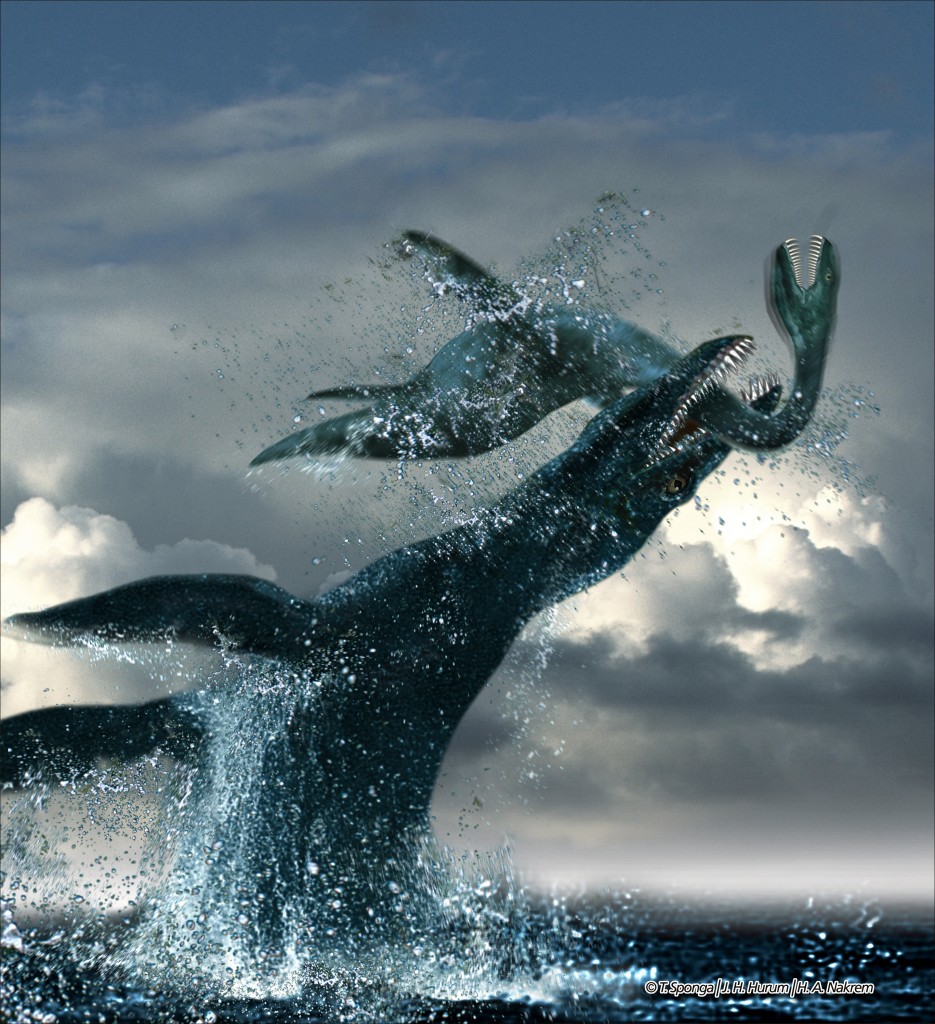
Plesiosaurs and pliosaurs are also found in Svalbard. The plesiosaurs had long necks and were the typical ‘Loch Ness Monster shape’. Pliosaurs were much larger and probably fed on the smaller ichthyosaurs and plesiosaurs, as pictured.
‘Death of a Sea Monster’ documentary with Jørn from National Geographic.
MSc student Aubrey Roberts, presenting ‘Jurassic Monsters of the Far North’ at the Lyme Regis Fossil Festival.
With no alcohol allowed on expeditions, copious amounts of Red Bull is consumed to pretty much the same effect: terrible dancing and falling over.

